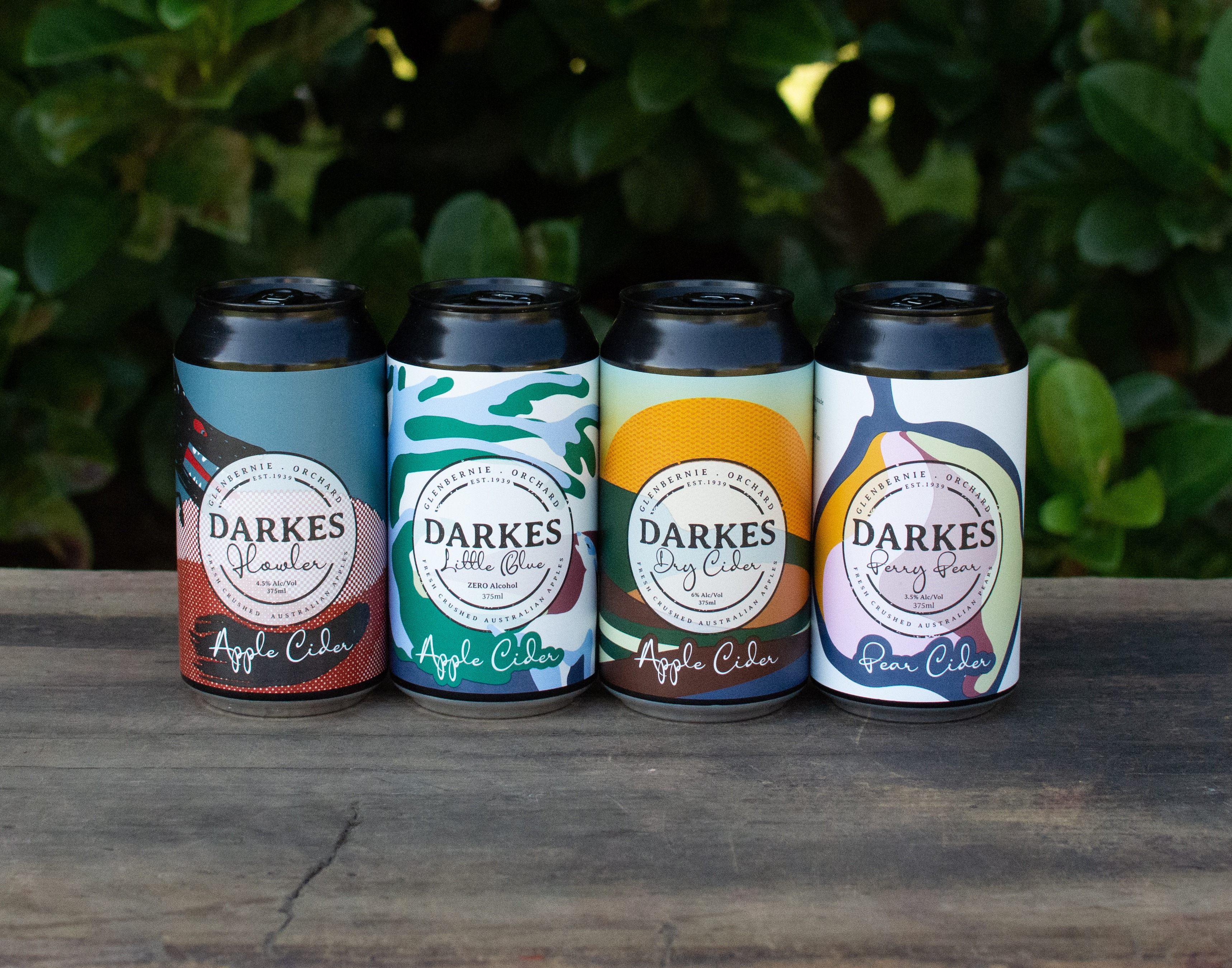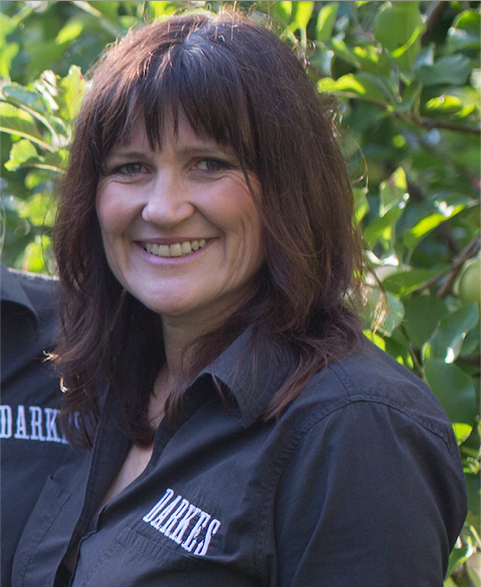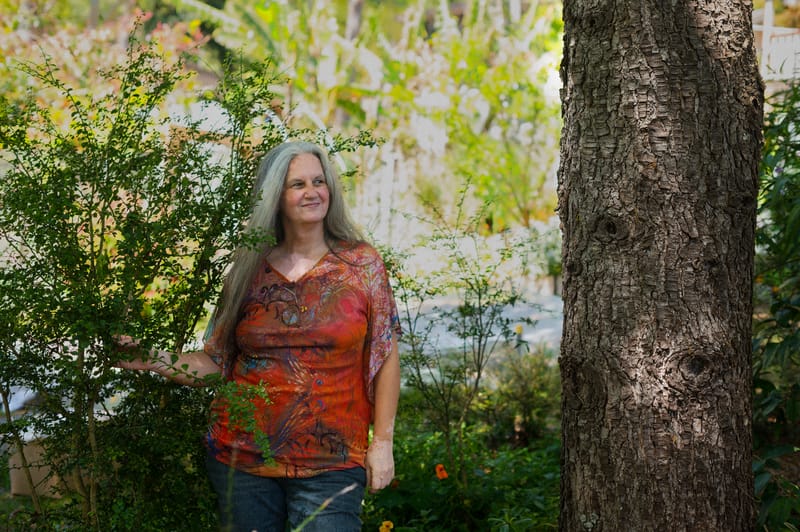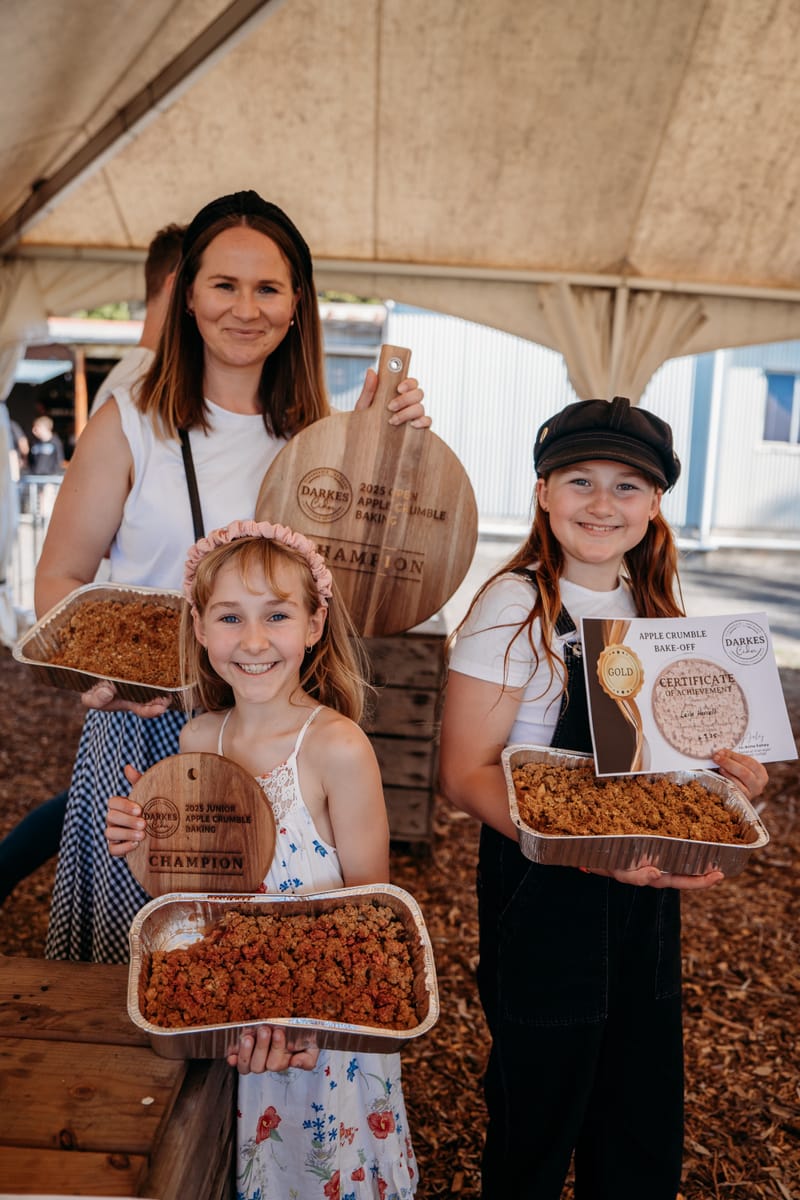Can you tell if your cider is local?
Did you know that apples have a footprint? Cider Australia has spent the last 18 months or so working on developing a testing procedure that can be used to identify cider made from Australian fruit versus cider made from imported concentrates. This is really important work to guard our Australian pr

By Jo Fahey at Darkes Glenbernie Orchard
Did you know that apples have a footprint? Cider Australia has spent the last 18 months or so working on developing a testing procedure that can be used to identify cider made from Australian fruit versus cider made from imported concentrates. This is really important work to guard our Australian provenance. There are a lot of brands who are making cider from imported juice syrups (concentrates). We would like to give consumers the power to choose to purchase 100% Australian content over products made predominantly from imported ingredients.
Darkes Cider is proud to be part of this research program. We have been working with the scientists on this project and it is very interesting that they can actually discern differences in our apples to apples grown in other locations. You can even tell the difference between one block of apples and another on the same property. Final results are still another year away but there is a very clear difference emerging from apples grown in other places. We call this ‘terroir’. In other words, the unique traits that the location imparts to the fruit.
At Darkes Cider we have been saying to people for such a long time that cider apples are influenced by the location in which they are grown, just like grapes. Then the next difference that you will experience is the influence of the winemaker and the techniques that are used in fermentation.
Cider should be served at around 7°Celsius so you will be able to discern its natural flavours. Just as if you warm an apple to room temperature you will pick up more flavour than if you eat a very cold apple. Mulled or spiced hot cider is also nice in this cold weather.
Cider is amazing as an accompaniment to food. Cider can be consumed alongside savoury products or sweet desserts. Try having cider with doughnuts, for example!
You can support local by choosing Darkes Cider at one of our supporting local venues, ordering online for a farm to door local delivery, or by visiting us in person at the farm cellar door!





